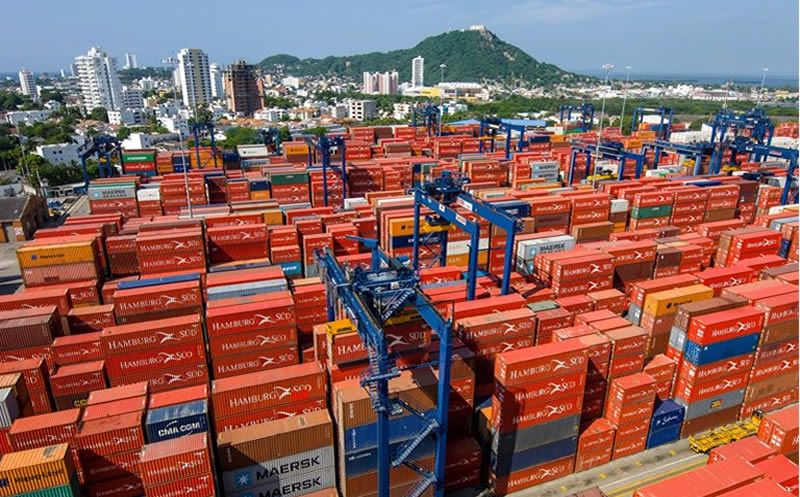The most commonly used tariffs in the World Trade Organization (WTO) are: ad valorem, applied, «pure nuisance», specific and Most Favored Nation (MFN).
Most commonly used tariffs
The following are their definitions:
Ad valorem
Calculated as a percentage of the price.
Applied
Duties that are effectively applied to imports. They can be lower than bound tariffs.
Of «pure nuisance».
A tariff duty so low that the cost to the state of collecting it exceeds the revenue it generates.
Sometimes has no protective effect at all; some countries defend its application as necessary to raise revenue.
Specific
Tariff rate expressed as a specific monetary amount per unit quantity, e.g., $100 per ton.
MFN
Normal non-discriminatory tariff applied to imports (excludes preferential tariffs under free trade agreements and other regimes or tariffs applicable under quotas).
To be taken into account in the most commonly used tariffs
The WTO is an international organization of 164 members that was created to oversee and administer global trade rules, serve as a forum for trade liberalization negotiations and resolve disputes.
Each WTO member agreed to establish bound tariffs as part of its commitments to join the WTO.
This is the maximum rate that each WTO member can apply of the MFN tariff for a given product line.
Thus, bound tariffs are not necessarily the rate that one WTO member applies in practice to another member’s products.
In other words, members have the flexibility to raise or lower their tariffs (in a non-discriminatory manner) as long as they do not raise them above their bound levels.
If a WTO member raises applied tariffs above its bound level, other WTO members can take the country to dispute settlement.
According to the World Bank, the gap between bound and applied MFN tariffs is known as the binding overhang.
Trade economists argue that a high binding overhang makes the country’s trade policies less predictable.
This gap tends to be small on average in industrial countries and often quite large in developing countries.


